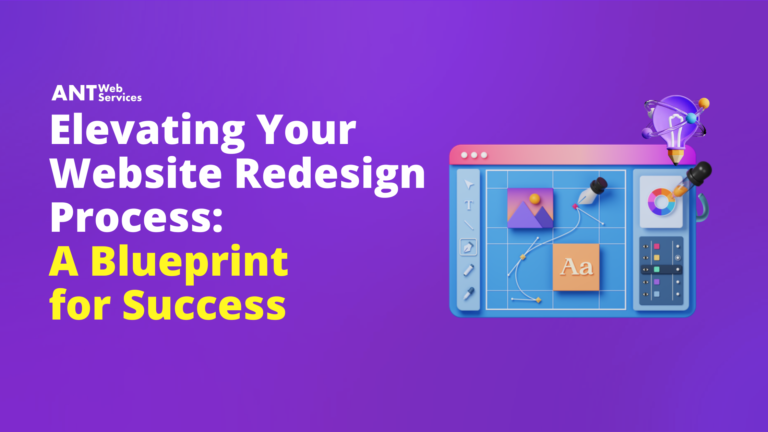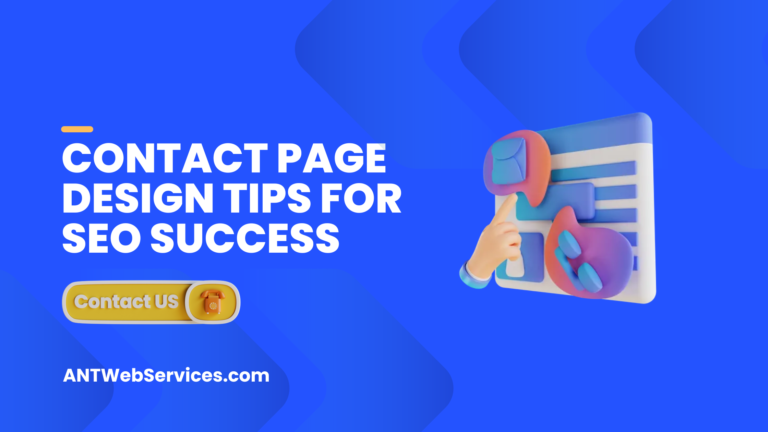To create an effective brand strategy, follow these two steps:
- Research and Discovery: Kick off the process with serious brand discovery homework, which can include branding exercises, interviews, and audience research
- Strategy Session: Hold a meeting or multiple meetings to figure out your brand, answer key questions, and document it
Ready to dive in?
1. The Research and Discovery Process
Before you lay down your brand strategy, you have some important information gathering to do. This is what our agency calls the ‘research and discovery phase’.
Every organization will have its own way of doing brand research and discovery activities. The way you conduct yours can totally depend on the size of your business, the location and availability of key stakeholders, and of course, time and resources.
Even if some of the information is already available, it’s good to go through the process every five or so years. You might discover new information, or unearth outdated ideas and documentation that no longer represents where your team and business are at today.
It’s also extremely helpful to get everyone on the same page by sharing insights about the company, hearing others’ viewpoints, and working together to narrow everything down into key points.
Here are the steps we recommend for your own research and discovery phase.
Branding Homework
Branding Questionnaire
Help everyone get prepared for your big brand strategy meeting by sending out an outline ahead of time. This way, nobody gets caught off guard and draws a blank when asked for their input.
Questions you might want to include:
- What is your brand’s purpose? Why do you exist?
- What are your short- and long-term business goals?
- Who are your biggest competitors?
- What makes you better or different from them?
- In an ideal situation, where will the business be in 3-5 years?
- What is your company’s personality?
- How do your website and other digital assets support the business and its goals?
- Who is your audience – where are they from, what problem do they have that brings them to you, and what do they need from you?
- How do you want your business to be perceived?
Branding Exercises
Figuring out your company’s personality requires creative exploration, and it’s okay if that’s not your area of expertise. This can actually be fun!
Pick out one or more branding exercises to do at the strategy session:
- Try this Forbes article on thought-provoking branding exercises
- Punchy has shared this list of creative branding activities
- My personal favorite way to identify your personality is with Brand Deck
Interviews
If anyone important to your company’s growth can’t make the strategy session, do your best to have a phone or video chat with them ahead of time and gather their opinions on all of the questions on your list. You can also send them the intended branding exercises, and ask for their input.
Take notes, and share their insights at the appropriate times during your meeting.
Audience Research
Big businesses often have access to dizzying amounts of customer data. But you can do audience research without expensive sales and marketing tools.
- Assess your Google Analytics data
- Study Google Search Console reports
- Use SEO tools to see how you rank and for what sorts of searches – and run the same checks on competitor sites
- Ask anyone on your team who does sales, IT, or customer support to share insights on the most frequently asked questions
- Check the kinds of comments and questions you get on social media, via website forms, and in reviews
- Install a free heatmap tool like Hotjar on your website for at least a few weeks before the session
- Install a chatbot or pop-up tool on your website to ask what your site could do better
For every website we build at ANT Web Services, we do as much of this exact same research as possible. We can then present clients with baseline audience insights, keyword rankings and research, and competitor research.
We use this information to inform every decision we’ll make while designing a website – but you can use it for so much more!
2. The Strategy Session
This meeting can be a doozy, so set aside plenty of time – or plan to have a follow-up meeting to finalize what you learn.
- Use the questions you’ve prepared to have discussions
- Work through any branding exercises you chose to help characterize your business
- Present the insights from any absent team members
- Share insights from your audience research
- Create documentation
Here are the statements you want to clearly make at the end of your session, and how to get there (including links to simple templates or examples).
- Your purpose
- Your values
- Your audience
- Your positioning statement
- Your personality
A. Your Purpose
“Why does your company exist, beyond making money?”
Sometimes referred to as a mission statement and a company’s ‘North Star’, this one often comes from your founding story. Many businesses are created to solve a market gap, or to disrupt an existing industry. You might also have an internal ‘why’ statement, and a public-facing corporate mission statement.
Here’s Forbes’ awesome list of purpose statements from big brands, and Fond’s roundup of 12 strong examples of mission statements.
B. Your Values
“What do we stand for, as a business?”
Values are different from a mission statement because they impact how you want to be perceived, who you hire, and they drive your purpose. They might be a little longer than your mission statement, but they’re usually still a brief list.
As much as 71% of customers prefer to buy from companies with similar values to their own. That’s why we encourage our clients to focus time and effort into their ‘About’ content to drive B2B website conversions.
Values might also cover your company’s stance on inclusion, accessibility, or issues ranging from political and environmental topics to civil rights.
Hubspot has an excellent blog on examples of company values, and Hotjar goes deep into choosing company values including examples.
C. Your Audience
“Who do we do this for, and what do they need from us?”
You’ve done your audience research at this point – if not, skip back to the Audience Research section and get to it! That stage will have generated a whole lot of data. You need to sum it up in a way that your team can use.
The purpose of understanding your audience is so you can choose the images they want or expect to see, put them in the right mood, and talk to them the right way.
The most important thing to understand about defining your audience is that you absolutely have to do it. To quote myself (because why not) from our UX design tips for what makes a great website, “While most businesses have two or three website audiences, it’s just not possible to plan content that appeals to all of them equally.”
You can have different website pages that target secondary and tertiary audiences, but most of your content, like blog posts and social media, has to have a focal point.
The majority of agencies will recommend creating user personas. We don’t.
Why User Personas Don’t Work 🤯
“Personas are a waste of time, in my opinion,” says ANT Web Services founder and lead strategist Aakash Thakar.
“Your audience is made up of primary and secondary groups, and those groups have specific needs for your content or conversion points. Audiences for marketing purposes should be based on need or action. Calling one of them Mary or George is just silly b.s.”
The danger of creating individual personas is that your team gets totally hung up on writing and designing for those people – at the exclusion of hundreds or even thousands of other unique people who need your product.
Yes, you might see demographic and interest commonalities among your customers. But more importantly, you will also see tons of unique humans who are united around a small number of goals, pain points, needs, or actions they want to take.
“The only useful personas are the ones that draw through lines between the needs of human beings and how your offer addresses them,” says our Sr. Digital Strategist, Braeden Matson-Jones.
“Otherwise, you’re just doing an age-old marketing exercise that doesn’t have tangible ROI in the real world. Humans are unique and complex, not summaries in a slide-deck to be exploited.”
This same thinking is why search intent is now such a key part of SEO. You’re not targeting content or ads around two or three words, you’re targeting it around what the person who’s doing the search hopes to accomplish.
What To Do Instead
Define your audience by what unites them around your brand, not just a cluster of random traits. All you need to do is write one or two sentences that define the common need, want, or actions that unite your audience.
But also include a bullet list of your audience’s most common demographic data. Just because we don’t believe in personas, doesn’t mean we ignore valuable data!
Knowing more specifics about your audience is highly useful for messaging and targeting that’s based on references, beliefs, ideas, or memes that your audience is likely to know.
For example:
- Marketing on TikTok because your product is geared toward 16- to 25-year-olds
- Deciding between using an ‘80s or ’00s movie reference to capture a customer pain point for social media
- Avoiding trendy new words on your website that wouldn’t make sense to a senior audience
The distinction here is that you’re not saying “this IS who my audience is”; you’re saying “my audience skews this way” and using that information to test ads, messaging, and campaigns.
The most valuable demographics data might include picking a few from this list:
- Age
- Gender (including diverse options)
- Industry
- Position
- Education
- Level of tech-savvy
- Relationship status
- Interests and behaviors
- Social media (where is your audience — you need to be there, too)
- Preferred content mediums
- Beliefs or values
D. Your Positioning Statement
“Why should you choose us?”
Brand positioning is about how you want to be perceived, and how you want to be compared to other products or services. You need to have done your audience and competitor research to create a strong positioning statement.
It should communicate what your product or service is, what it does, and why someone would want it more than similar products. It can be a couple of sentences, but like everything else on the list it should be concise.
Zendesk has 12 examples of great positioning statements, plus a template. I like this brand positioning article from Dash, because it also includes two examples of bad positioning statements.
E. Your Personality
If you met your business at a dinner party, who would they be? There is no specific question to answer with a brand personality statement. Instead, it’s more like a list of “this, not that”.
I do highly recommend Brand Deck, because it leaves you with a specific set of traits that your team has agreed upon, and you can pick the top five for your statement (but keep the other ones on hand for deeper creative conversations).
If you prefer, you can find examples of different types of brand personality statements in these articles from Brand Master Academy, Feedough, and Hurree.





Pingback: How to Build Brand Identity Guidelines - ANT Web Services